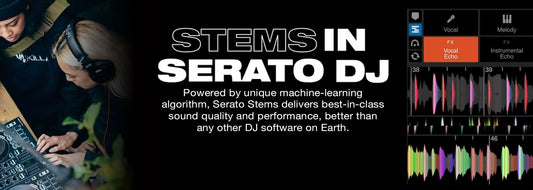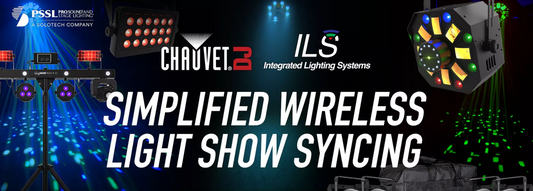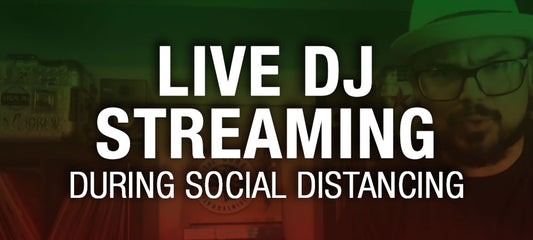When it comes to lighting effects used for DJ-ing and during events, understanding very basic principles is important. Possibly the most basic among them is the concept of what is called "uplighting". The idea is a relatively easy one to grasp, it essentially consists of placing lights on the floor, or any lower areas, and pointing them up to accentuate or minimize specific areas within a given space. But as with many simple ideas, it is one that expands quickly into realms that were not considered before. So let's start with the essentials.
Uplighting can be done with many different products, from simple par-style lights to LED stage lighting, LED panels, spotlights, and others. So firstly, decide on the basic light effect you want to achieve, whether that be a wide-angle dispersion to give some pizazz and help set a mood, or something more focused that may have different control and/or capability. Remember, pars are great for casting color over a small/narrow area - bars and panels might be a better option if you're looking to widen that effect so that it encompasses more real estate.
Once you've decided on an overall light effect, it is time to go more in-depth with the options. Here are some things to consider.
- Control - how will the effects be controlled? If via wired DMX, then make sure to get enough DMX cable that each light can be run to the next and that the "master" light can be run to the DMX controller. If wireless, all lights must speak the same wireless "language" (these are usually associated with the brands - your friendly experts at PSSL are glad to help if you have questions with compatibility).
- Inside/outside - will the lights be used outdoors? If so, consider IP-rated lights that can withstand water and other elements when in an uncontrolled environment.
- Brand - try to keep uplights within the same brand family or else programming them to work with your DMX could get tricky based on different brands having very different methods for how they are programmed to work with DMX.
- Effects - do you want strobing, scenes, UV light (black light), or anything else specific? If so, make sure before you buy that the lights can do what you need them to.
- Transport/Logistics - how will the lights be transported and set up? Believe it or not, this is a big consideration. Try to see the future and determine what additional equipment (bags, cases, light stands, etc) you might need to move or display your gear.
When done well, uplighting often goes unnoticed. When it's all said and done, the end result should be an event that seems polished and professional without event attendees even realizing why. Thinking through some of the questions of compatibility and logistics will help you in the end to put on an event that people enjoy as much for the look and feel as for the music and entertainment.




